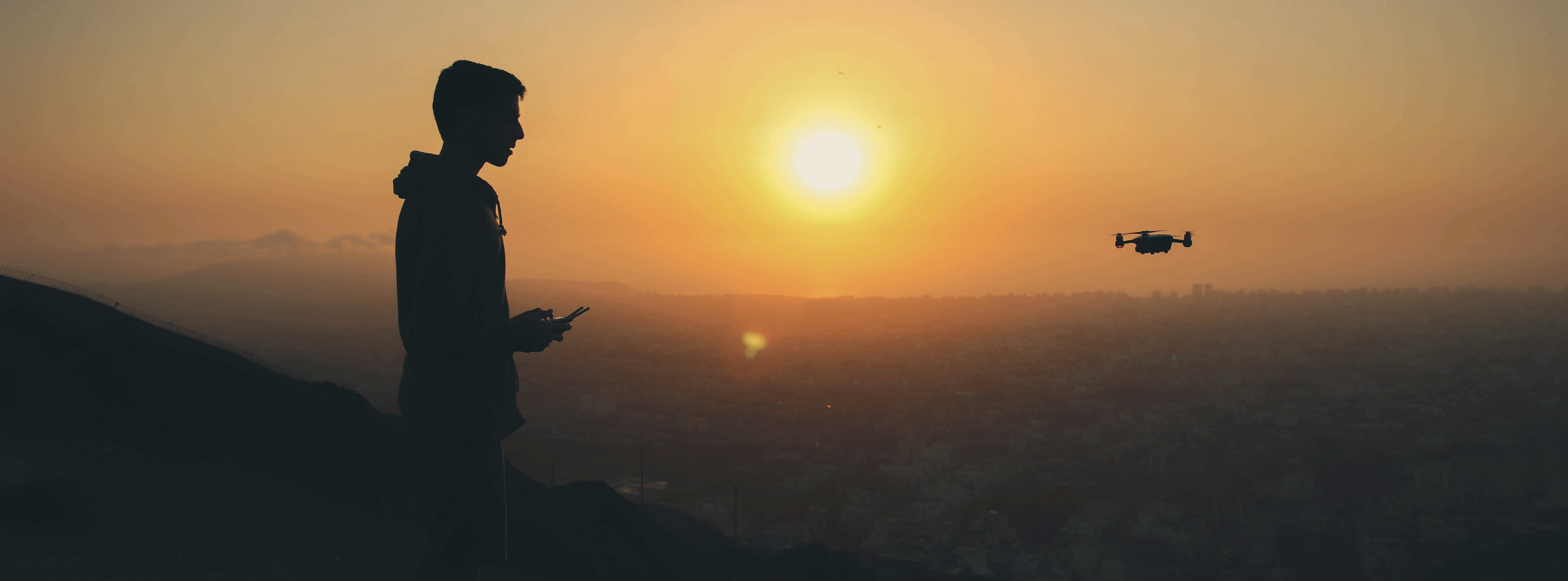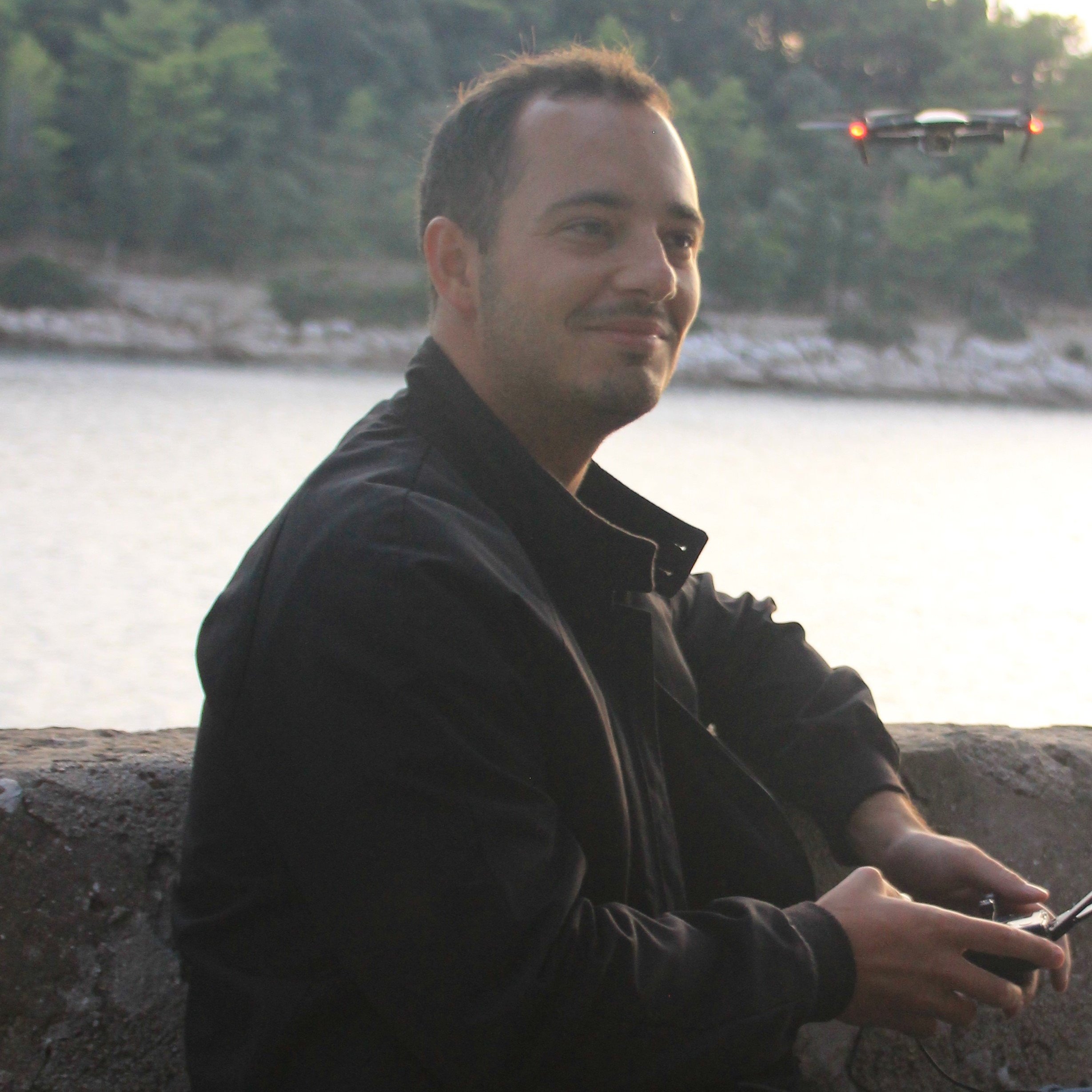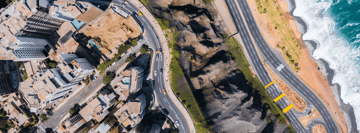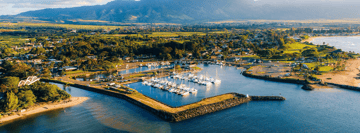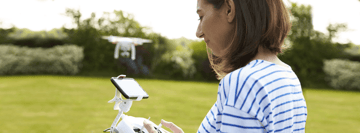At the start of the year, the Department of Transportation announced new rule proposals that could take Part 107 operations to the next level.
As well as clearing the way for flights over people, the proposed rule would allow drone pilots to fly at night without a waiver, providing the operator has undergone appropriate training, passed approved testing and is using a drone that’s equipped with anti-collision lighting.
So far more than 1,200 waivers for night operations have been issued without a single accident or incident reported.
You can read all about the potential operations that could benefit from the new proposals in our post from the start of February.
From nighttime inspections and surveillance to search and rescue operations, flying after dark requires specific gear. Here’s what we recommend.
The DJI Mavic 2 Enterprise & Enterprise Dual
Last October DJI launched a commercial drone combining power, capability and portability: the Mavic 2 Enterprise.
Previously, many businesses relied on DJI’s consumer and prosumer drones for daily tasks, rather than the heavy-duty options in the enterprise range. The Mavic 2 Enterprise looks to offer the best of both worlds. It’s a specialized drone for commercial tasks that’s compact, foldable and easy to fly.
As you might expect, the Mavic 2 Enterprise has been designed with night flights in mind. For starters, it’s equipped with DJI’s AirSense technology. This aids pilots’ situational awareness and improves airspace safety by using an integrated receiver to detect ADS-B signals from nearby manned aircraft.
From search and rescue missions to public safety and event surveillance, drone pilots are increasingly sharing airspace with manned aircraft. AirSense is designed to make that process as smooth and safe as possible, with timely alerts and more.
In terms of power and performance, the Mavic 2 Enterprise has a maximum flight time of 31 minutes and a top speed of 45 mph. Unlike its predecessors, it has a self-heating battery to help performance in colder temperatures.
And, as with many of DJI’s latest drones, the Mavic 2 Enterprise has FlightAutonomy, a safety system made up of omnidirectional obstacle sensing which takes data from eight vision sensors and two infrared sensors. All of that input allows the drone to sense and avoid obstacles in front of and behind it - ideal for new pilots and operations in challenging conditions.
Where the Mavic 2 Enterprise comes into its own is with the accessories available. A necessary part of any night flight is sufficient lighting. The M2E Beacon has been designed to meet the FAA’s night waiver prerequisites, with a bright flashing strobe light that’s visible from up to three miles away.
For operational support, the Mavic 2 Enterprise can also be used with the M2E Spotlight and the M2E Speaker. The dual spotlight has a brightness of 2,400 lumens to support inspections, surveillance and search and rescue at night and in low light.
Thermal imagery and night flights go hand in hand, whether you’re carrying out infrastructure inspections or a search and rescue mission.
In December 2018, DJI launched the Mavic 2 Enterprise Dual - essentially a thermal version of the original model.
The Mavic 2 Enterprise Dual has three-axis gimbal stabilized camera, which houses a 4K sensor and one of FLIR’s Lepton thermal micro-cameras. Both can be viewed together and enhanced with a number of features within the DJI Pilot application.
DJI Matrice 200 V2
Just last week, DJI announced an upgrade to its enterprise Matrice 200 Series. The M200 V2 comes with a number of technical improvements, without sacrificing the rugged, all-weather design that’s made it popular for a range of industrial applications.
Just like both Mavic 2 Enterprise models, the Matrice 200 V2 comes with OcuSync 2.0. It supports automatic dual frequency band switching between 2.4GHz and 5.8GHz and promises over half an hour flight time and a range of up to 8 km.
The new Matrice 200 also has anti-collision beacons and DJI’s AirSense system, improving situational awareness and night flight safety.
If you’re hoping to capture data at night or in low light, the M200 V2’s TimeSync system is on hand to ensure your flight controller, cameras, payloads, GPS module and RTK module are continuously alligned.
One of those payloads might be the Zenmuse XT2, another DJI-FLIR collaboration in the form of a dual thermal and optical camera that’s capable of working and providing insight in dark, wet and windy conditions.
Night flights are on the horizon and, as we’ve mentioned, being able to take off without a waiver is going to benefit first responders more than most. Check out our blog on the latest advances in drone technology empowering emergency services. If you're looking for more information on drone features and specifications, check out our list of the best drones for photography in 2020 for both recreational and commercial use.

